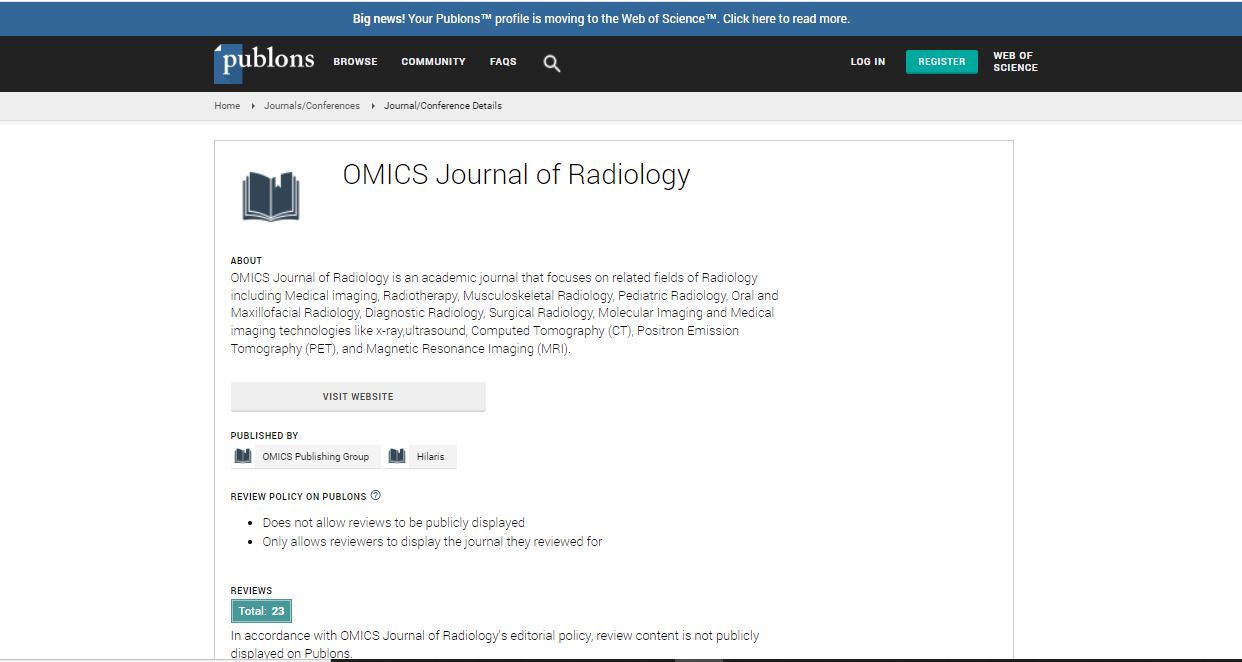Research Article
A Preliminary Study on Multivariate Prediction of Seizure Outcome after Epilepsy Surgery
| Jing Zhang1*, Hui Chen1, Weifang Liu1, Qingzhu Liu2, Shanshan Mei2 and Yunlin Li2 | |
| 1School of Biomedical Engineering, Capital Medical University, Beijing 100069, P.R. China | |
| 2Department of Functional Neurology and Neurosurgery, Beijing Haidian Hospital, Beijing 100080, P.R. China | |
| Corresponding Author : | Jing Zhang School of Biomedical Engineering Capital Medical University Beijing 100069, P.R. China Tel: +86-10-8391-1543 Fax: +86- 10-8391-1544 E-mail: jzhang0000@163.com |
| Received November 28, 2013; Accepted December 23, 2013; Published December 30, 2013 | |
| Citation: Zhang J, Chen H, Liu W, Liu Q, Mei S, et al. (2013) A Preliminary Study on Multivariate Prediction of Seizure Outcome after Epilepsy Surgery. OMICS J Radiology 3:156. doi: 10.4172/2167-7964.1000156 | |
| Copyright: © 2013 Zhang J, et al. This is an open-access article distributed under the terms of the Creative Commons Attribution License, which permits unrestricted use, distribution, and reproduction in any medium, provided the original author and source are credited. | |
Abstract
Surgical outcomes of epilepsy surgery vary across patients, and clinicians need to estimate possible outcomes before surgery. The aim of this study was to identify predictors of seizure outcome one year after surgery for patients with drug-resistant epilepsy. Twenty-three patients with Temporal Lobe Epilepsy (TLE) who underwent surgery were included in the study. Their demographical information, seizure history, findings of EEG and neuroimaging tests (mainly Magnetic Resonance Imaging (MRI) and Magnetic Resonance Spectroscopy (MRS), intracranial EEG (icEEG) findings, seizure outcome and pathological findings were reviewed. Bivariate analyses were performed to examine the univariate association of each variable with the outcome, and exclude the most insignificant ones. The remaining data were randomly assigned to the training and test sets, and three multivariate analysis approaches (Logistic Regression (LR), Linear Discriminant Analysis (LDA) and Artificial Neural Network (ANN)) were performed repetitively. Model performance was compared using Receiver-Operating Characteristic (ROC) analysis. Resampling the data to the training and test sets resulted in large variations in the classification accuracies of each multivariate approach. The ROC results indicated that the medium classification performances were moderate. Important outcome predictors identified included EEG lateralization score, icEEG lateralization score, and the presence of Hippocampal Sclerosis (HS). The results suggested that multivariate models could predict seizure outcome after TLE surgery with moderate accuracy. Further studies are needed to improve prediction accuracy and identify reliable predictors of seizure outcome.

 Spanish
Spanish  Chinese
Chinese  Russian
Russian  German
German  French
French  Japanese
Japanese  Portuguese
Portuguese  Hindi
Hindi 
